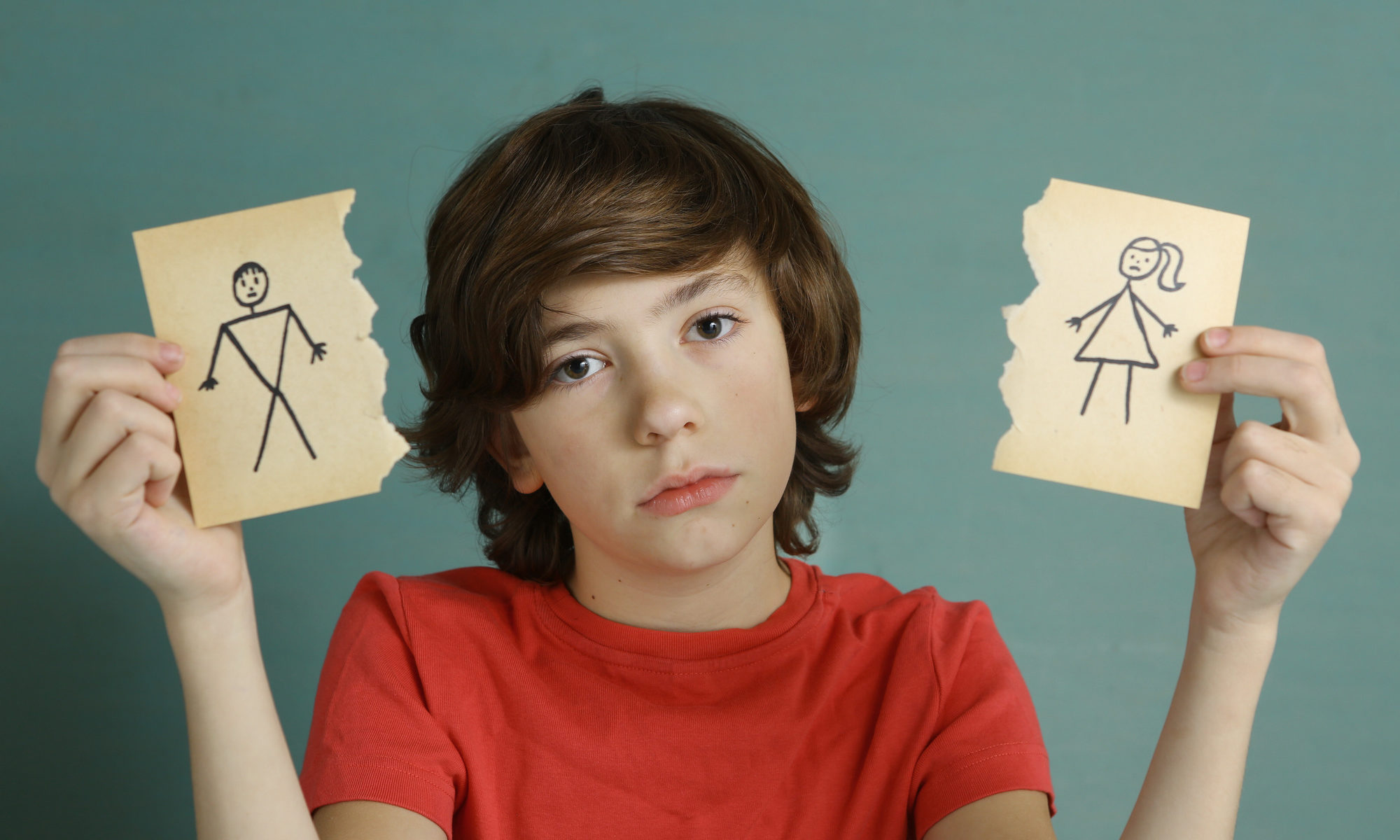Life is busy, even at the best of times. During separation and divorce, it can become hectic, stressful and it is very easy to become overwhelmed with tasks that used to be considered easy. Trying to co-parent in separate homes can lead to more confusion, especially if there are tensions between your ex-partner and yourself. However, even with tensions, there are still ways that families can co-parent effectively to help lower those tensions while providing stability for their children.
And, of course, the key to that effective co-parenting is through having the right tools. 2houses is an app that makes co-parenting easy, lowers tensions and creates that stability your children need. There are countless benefits and we are going to go through some of the major ones the app offers.
Benefit of Using 2houses for Co-Parenting #1: User Intuitive
First, before we even get into the benefits of the app for your family, let’s start by looking at the app itself. 2houses was designed in 2011 by a divorced father in an attempt to communicate and organize with his ex-partner. His goal was to create a tool that improved communication and the everyday life of his son before realizing that the app was amazing for all families working through the process of separation and divorce.
With a better day to day life with less tension, the app delivers everything parents need to raise children between 2houses. Some of the features, which can be accessed on computer and mobile device are:
- Calendar: One of the key features, the app has a calendar that is colour coordinated and can be synced to other platforms, such as Google Calendar. It is easy to use and parents can use it for both scheduling and communication. Care arrangements, appointments and events can be scheduled in as can requests for changes to those arrangements, such as holidays. When requests are made, the other parent is alerted and can send messages, accept or deny the request.
- Albums: While there is a journal feature, which we will look at next, 2Houses also has photo albums built right into the program so both parents can access photos of their children. This is great for events, such as a soccer game, that one parent can’t attend. They can easily access the photos of the event through the app’s album.
- Journal: Think of social media but all of it is 100% private and shared just between co-parents. Information, photos, videos, documents and anything important regarding your children can be placed in the journal for both parents to access.
- Contacts and Information Bank: Another feature, the information bank stores and organizes important information such as contact details of schools, friends and doctors, etc. as well as medical information and even the size of the kids’ clothing.
- Documents: Finally, there is a section on the app that allows the storage of important documents that both parents can share. This can include birth certificates, passports and parenting agreements.
Having everything easy to access means that communication is easier and parents can focus on the important issues. Co-parents have everything they need to make life easier for their kids as they adjust to living in two households.
Benefit of Using 2houses for Co-Parenting #2: Child Friendly
The next benefit of 2houses is that it is very child friendly. Remember that it is user intuitive and that was designed for communication. While we often focus on the communication between parents, it is important to open up communication with the kids so they can understand what is happening.
2houses allows for that in one simple way. Kids can be added to the platform and can look at the calendar and schedule to see when things are happening and who they will be staying with. They’ll also be able to send journal entries and photos with their parents when they aren’t with them. This connection builds a bond of trust for the child and the stability of knowing a schedule will aid them as they navigate through the emotional impact of separation and divorce.
Benefit of Using 2houses for Co-Parenting #2: Reduces Confusion
One of the most common problems that arise with co-parenting is confusion. This can be through missed messages, forgetting to remind the other parent of an event or not remembering to update when there is a change in schedules. Confusion can lead to other emotions and can cause underlying tensions that parents don’t want their kids to pick up on.
A huge benefit of the 2houses app is that it reduces confusion. As long as both parents are using the app, there won’t be any missed notifications regarding activities, changes in care plans and so on. Parents will know when things are happening and everything will be accessible if there is an emergency. Less confusion means less stress for everyone, including the kids.
Benefit of Using 2houses for Co-Parenting #4: Opens Up Communication
A breakdown of communication is something that can happen during separation and divorce—often because there are other tensions and emotions at play. However, when it comes to co-parenting, communication is very important for everyone involved, especially for the kids.
The 2houses app allows for parents to communicate even when they are not communicating verbally. The app is a neutral third party and keeps kids from being messengers of information. Anything important that needs to be communicated can be shared on the app and, many times, having this neutral option for communication can open up co-parenting in surprising ways.
Benefit of Using 2houses for Co-Parenting #5: Allows for Involvement
Finally, involvement is an important benefit of 2houses. Parents can stay involved with their kids whether they are at home or at their other parent’s house. They can see what is going on, work out arrangements to be at those big events and they can keep up with their obligations in an organized way. We all want to be involved with our kids and having an app that makes it automatic and simple provides the best options throughout co-parenting.
As you can see, there are many different benefits to using a co-parenting app and 2houses is unique in that it was created by someone facing the same obstacles of co-parenting effectively. The creator knew the challenges and the app is designed to overcome those challenges…which is the biggest benefit of them all.






